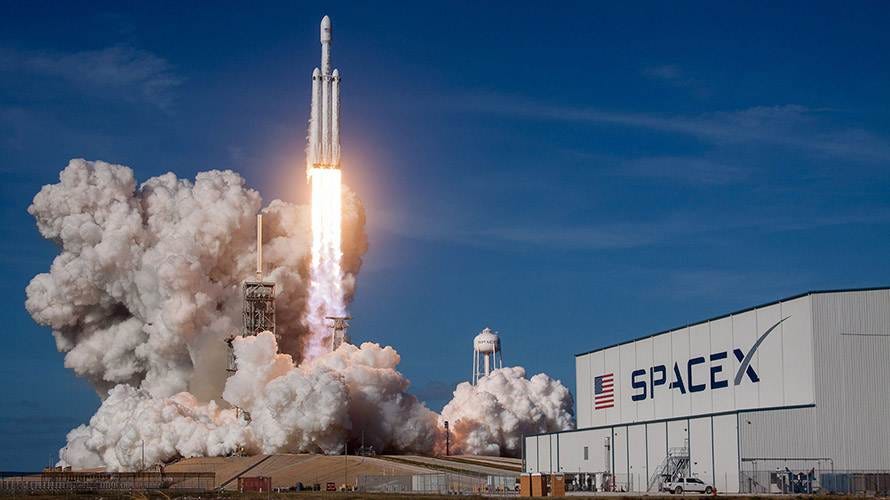A Bold Claim, a Daring Plan—The Strategy That Left NASA Speechless
#SpaceX #ElonMusk #NASA #Innovation
🚀 In 2001, a 30-year-old entrepreneur with no aerospace experience said he’d make space travel 10x cheaper.
The "experts" laughed. NASA engineers ignored him.
But Elon Musk had a secret weapon—a learning method so powerful, even NASA adopted it later.
Here’s the story: 👇
Space exploration was once the realm of governments and billion-dollar budgets.
NASA’s mantra? Over-engineer for safety. Take no risks.
The result? Incredible achievements, but at a crippling cost—$450M per shuttle launch.
Elon saw a broken system.
Musk didn’t just want to participate. He wanted to disrupt.
His goal? Make space travel affordable and reusable.
The problem? Rocket science wasn’t his field. He had no formal aerospace background.
How do you even start?
Enter first principles thinking—Musk’s secret weapon.
Instead of asking, "How are rockets built?"
He asked, "What is a rocket fundamentally made of?"
Break the problem down to its atomic parts. Then rebuild.
Here’s what Musk discovered:
The raw materials for a rocket (aluminum, carbon fiber, fuel) cost a fraction of what traditional manufacturers charged.
The real problem wasn’t materials. It was legacy thinking and inefficiency.
So he threw the rulebook out.
SpaceX’s first move?
Build a Minimum Viable Rocket.
No frills. No over-engineering.
Test it. Fail. Learn. Improve.
The mantra? Fail fast. Fail often. Fail forward.
At first, the aerospace world mocked Musk. The idea of rapid, iterative testing felt reckless.
NASA was spending decades perfecting designs in simulations. Musk was blowing up rockets on live streams.
But the results spoke for themselves.
SpaceX’s Falcon 1 failed three times. Most companies would’ve given up. Musk doubled down.
In 2008, Falcon 1 finally reached orbit. It was the first privately developed rocket to do so.
NASA took notice.
Musk’s process wasn’t just about rockets—it was a philosophy.
He used a 5-step design process that has since influenced NASA itself:
1️⃣ Question every requirement.
2️⃣ Eliminate unnecessary parts.
3️⃣ Simplify.
4️⃣ Accelerate testing.
5️⃣ Automate only after optimizing.
For decades, NASA operated on cost-plus contracts, rewarding contractors for spending more time and money.
But SpaceX’s fixed-price contracts saved billions.
NASA began to adopt similar agile practices, like modularity and shorter iteration loops.
One of Musk’s most profound influences? Testing philosophy.
NASA traditionally relied on endless simulations to avoid failure.
SpaceX? Test in the real world, fail, and adapt.
This approach cut development cycles and reduced costs.
In 2020, NASA astronauts launched to the ISS aboard a SpaceX Crew Dragon, marking the first crewed launch from U.S. soil in nearly a decade.
It wasn’t just a win for SpaceX—it was a wake-up call for NASA.
NASA’s own programs began shifting:
Fixed-price contracts for projects like Artemis.
Streamlined processes inspired by SpaceX’s iterative design.
A focus on partnerships instead of sole ownership.
The old guard was learning from the disruptor.
But here’s the irony:
NASA’s traditional methods paved the way for Musk’s success. Without Apollo and Shuttle programs, SpaceX wouldn’t exist.
And now? SpaceX is influencing NASA’s future.
Full circle.
Elon Musk didn’t just build a rocket company.
He rewrote the playbook for innovation in any field:
Challenge assumptions.
Fail fast.
Iterate.
Never stop questioning.
The real lesson?
The biggest breakthroughs don’t come from experts playing it safe.
They come from outsiders asking:
"Why can’t we do this better?"
What will you disrupt?
Love what you read? Subscribe and never miss an update!








Wow!